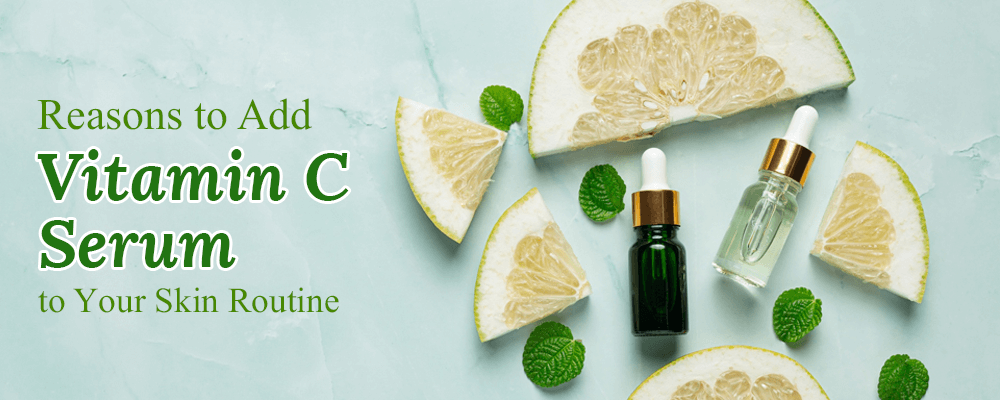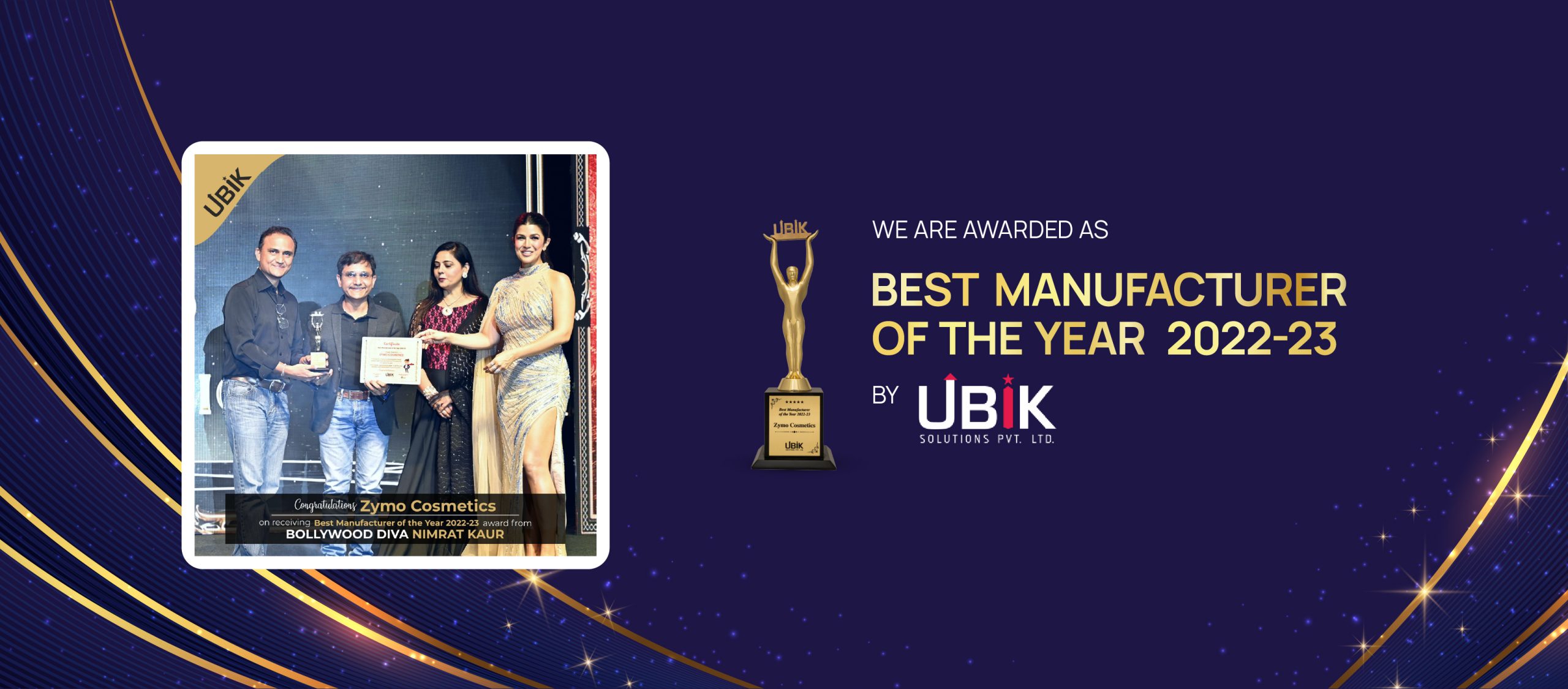In packaging, material selection is not just about cost – it’s about product safety, shelf life, consumer experience, and sustainability. Choosing the right material ensures quality, brand value, and compliance.
Here’s a guide to the four most widely used packaging materials – HDPE, PET, Glass, and Aluminum – and their ideal applications.
HDPE (High-Density Polyethylene)
Best For: Shampoos, lotions
- Strong and impact resistant, making it durable for everyday use.
- Excellent material resistance.
- Lightweight and economical, making it ideal for large-scale packaging.
- Mostly opaque, giving protection from light-sensitive formulations.
- Perfect for bulk & daily-use products were strength and practicality matter most.
PET (Polyethylene Terephthalate)
Best For: oils, serum, hair spray.
- Crystal clear and glossy appearance that enhances shelf appeal.
- Lightweight yet sturdy, balancing beauty with convenience.
- Provides good barrier properties against moisture.
- Excellent for high-clarity branding where product visibility adds value.
Glass
Best For: luxury skincare, serum, skin cream
- Chemically stable and inert, ensuring product purity.
- Premium look and feel, elevating brand perception.
- Perfect for luxury and high-value categories where consumer experience matters.
- Choose glass when aiming for premium branding and product integrity.
Aluminum
Best For: Aerosols, Toothpaste tubes.
- Lightweight yet strong, easy to transport and handle.
- Provides excellent protection against light and moisture.
- Highly recyclable, reinforcing sustainable brand image.
- Offers a sleek metallic look that feels modern and premium.
- Best for products that demand extended shelf life and sustainable appeal.
Conclusion
There is no “one-size-fits-all” material.
- For durability and cost efficiency → HDPE.
- For transparency and shelf appeal → PET.
- For premium positioning and purity → Glass.
- For longer shelf life and sustainability → Aluminum.
Written by Zymist: Shani Darji Edited by Zymist: Priyal Shah



-p-500.jpeg)




